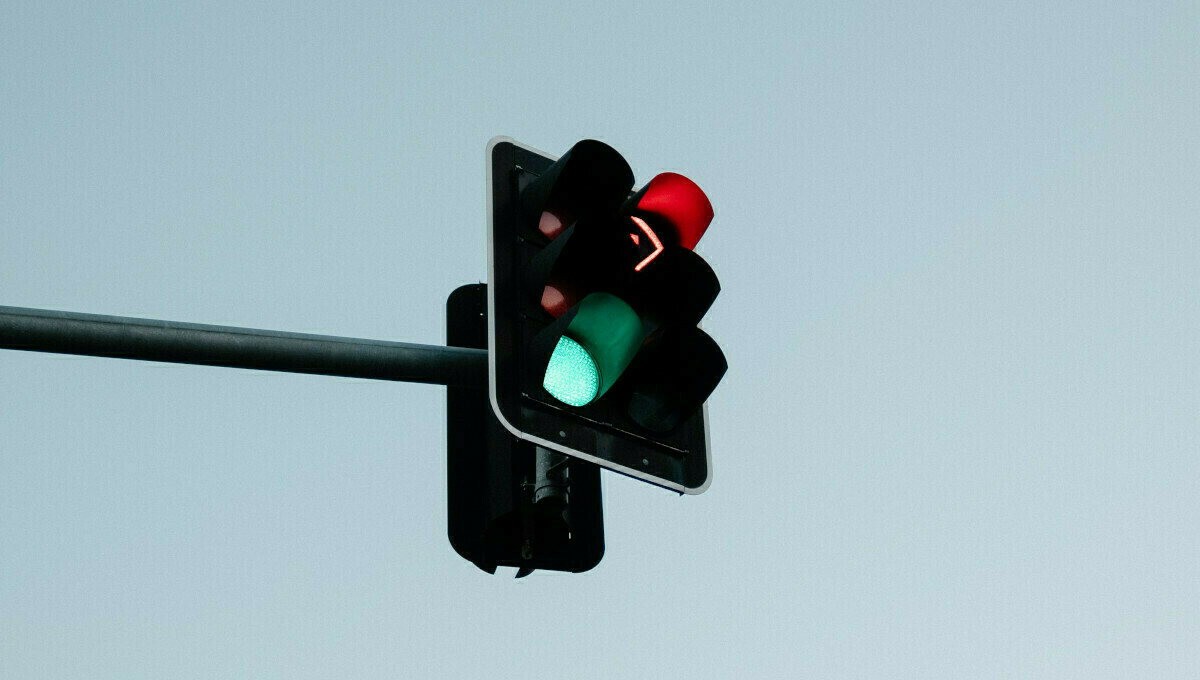Check your perspective
A useful and illustrative story from Sheila Heen, author of Difficult Conversations: How To Discuss What Matters Most, about why it’s useful to understand other people’s context.
It reminds me, I sometimes tell this story about my eldest son. His name is Ben. He’s 22 now, but when he was about three, we were driving down the street. We stopped at a traffic light, and we were working on both colors and also traffic rules, because at the time we lived on kind of a busy street in Cambridge. So we’re stopped at the light. And I say, “Hey, Ben. What color is the light?” And he says, “It’s green.” I said, “Ben, we’re stopped at the light. What color is the light? Take a good look.” And he goes, “It’s green.” And when it turns, he says, “It’s red. Let’s go.”Source: Red Light Green Light | James SevedgeNow, the kid seemed bright in most other ways. So I just thought like, what is going on with him? My first hypothesis is maybe he’s color blind, which then that would be my husband’s fault. At least I thought at the time, it’s my husband’s fault. I’ve since been informed it would have been my fault.
So I started collecting data. I’m running a little scientific experiment of my own. So I start asking him to identify red and green in other contexts, and he gets it right every time. And yet every time we come to a traffic light, he’s still giving me opposite answers, because I get a little obsessed with this.
My second hypothesis, by the way, is that he is screwing with me, which I certainly had some data to support. This went on for about three weeks. It wasn’t until maybe three weeks later, and I think my mother-in-law was in town. So I was in the back seat sitting next to Ben, and we stopped at a traffic light. And I suddenly realized that from where he sits in his car seat, he usually can’t see the light in front of us, because the headrest is in the way or it’s above the level of the windshield, windscreen as they say in Europe. So he’s looking out the side window at the cross traffic light.
Now just think about the conversation from his point of view. He’s looking at the light, it’s green; I’m insisting that it’s red, and he’s like, you know, my mother seems right in most other ways, but she’s just wrong about this. The reason that that experience has stuck with me all these years is that it’s such a great illustration of the fact that where you sit determines what you see.
